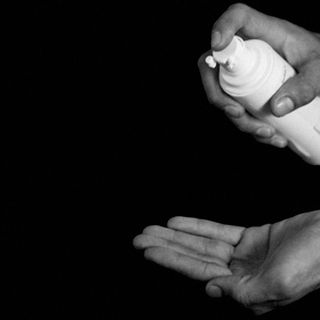You think all the changes to your body are over once the baby is born, but for many women, there’s one postpartum complication for their bodies that they don’t expect: back pain after delivery.
Studies state that 30 to 95% of women experience back pain during the first year after giving birth. Typically, back pain after delivery should subside within 6 to 8 weeks, although, in case of a C-section, back pain could last a little longer. This pain is highly treatable, but with the one thing many new mothers don’t have time or energy for: exercise.
What causes lower back pain after pregnancy?
The pregnancy hormone, relaxin, which is present in higher quantities while you’re pregnant, actually helps increase flexibility in the body to aid childbirth. But once you’ve delivered, in the absence of this hormone, the lower back may start to hurt with no relaxin to loosen your ligaments and joints for easy mobility.
Additionally, back muscles often compensate for weakened abdominal muscles — which could be the result of a C-section incision during delivery, from the stress of pushing during a vaginal delivery, or from diastasis recti, a common postpartum complication of the abdominal muscles. Hence, this overloaded can cause pain. Posture, too, plays a significant role in back pain after delivery. Certain breastfeeding postures, posture changes from holding the baby, and everyday bending and twisting can cause micro tears in the muscles and ligaments that support the spine, resulting in a chronic cycle of inflammation, pain and instability.
Chances are, also, if you suffered from back pain during pregnancy you are more likely to experience back pain after delivery, too.
Tips to cope with lower back pain after a delivery: while sitting
Being conscious of your posture when you sit is key to minimizing post-pregnancy back pain. Always sit with your back well supported and erect. Using a small cushion behind your waist while sitting will ease pain in the lower back, as will placing one leg on a low foot rest. While nursing the baby, use a nursing pillow to help elevate them, which will prevent you from slouching due to the baby’s weight. If needed, use a heat pack for relief.
Tips to ease lower back pain after pregnancy: while standing and moving
Standing for extended periods of time puts pressure on the back, which can worsen back pain, so take seated breaks if needed. That said, when standing or walking, keep your back erect.
When on the move, avoid bending your back, which can stress back muscles further; instead, kneel or squat to reach whatever you need, and, if its heavy, lift with your legs while keeping the load close to your body and your back straight. Or, bring whatever you need to do to your level — just like elevating your baby with a nursing pillow, use raised surfaces to change nappies, dress your baby, type, cook or do whatever else you need to do.
Also avoid carrying your baby on the hip; instead use a baby carrier, ideally, one that positions your baby on the front.
Finally, if possible, a massage can also help relieve stiffness in the back.
Exercises that can help relieve post-pregnancy lower back pain
If your back is causing you trouble and pain, chances are that exercises are the last thing on your mind. But the truth is, that’s what your body needs. These postpartum exercises will help strengthen and stretch the back muscles, which, given time, will ease or eliminate back pain.
Walking. In the early days post-delivery, try walking the length of your flat or house, if it seems too difficult to get outside. Slowly, look at increasing the frequency and the area you walk.
Swimming. Swimming is a great way to strengthen muscles and ease pain. If you have access to a pool, consider taking it up as a fun form of exercise eight weeks post-delivery.
Pelvic tilts. This exercise specifically strengthens the muscles of your back, and can be started as soon as you feel ready after a vaginal birth. (In case of a C-section, start pelvic tilts after 6 to 8 weeks.) To do pelvic tilts:
- Lie on your back with your knees bent and your feet flat on the floor.
- Breathe in, letting your belly expand.
- Breathe out, while lifting your tailbone towards your belly button and keeping your feet flat on the floor.
- Hold while squeezing your buttocks, then release.
- Repeat 10 to 15 times in one set, and build toward repeating the set 2 to 3 times a day.




